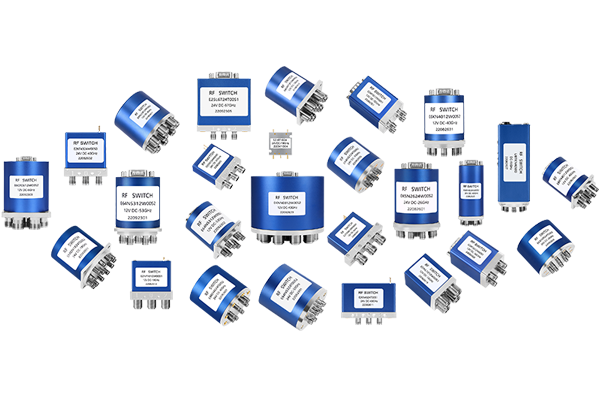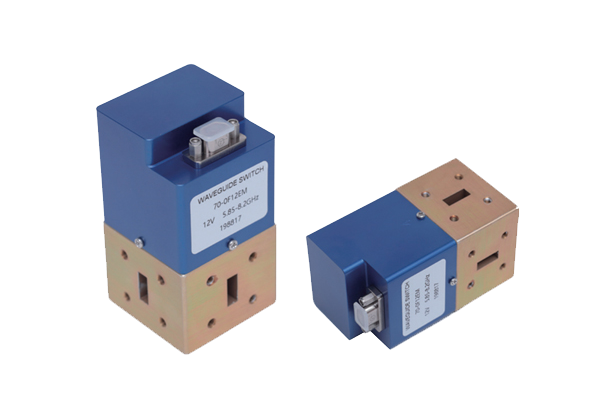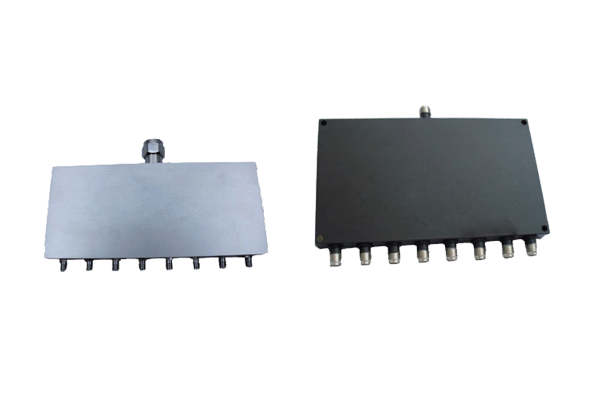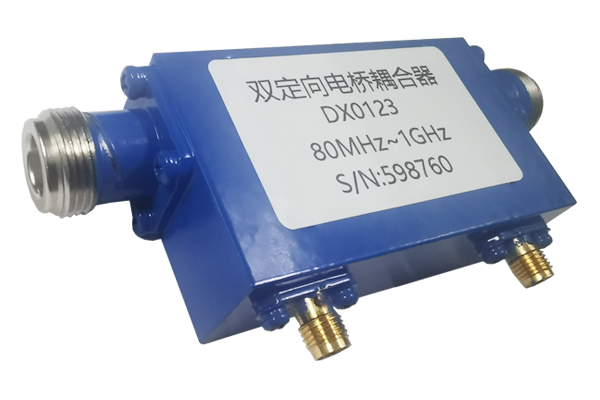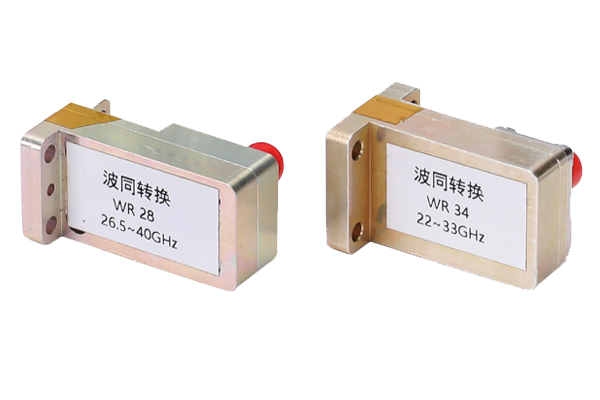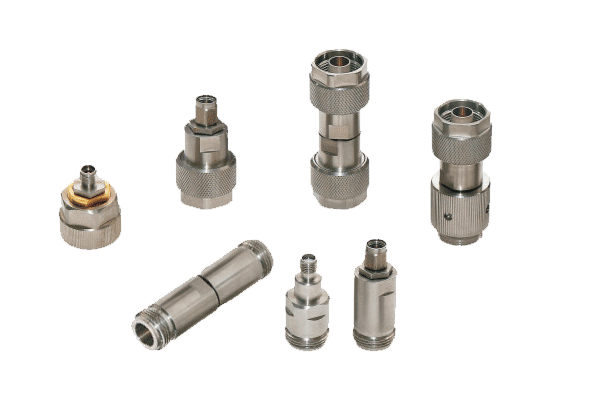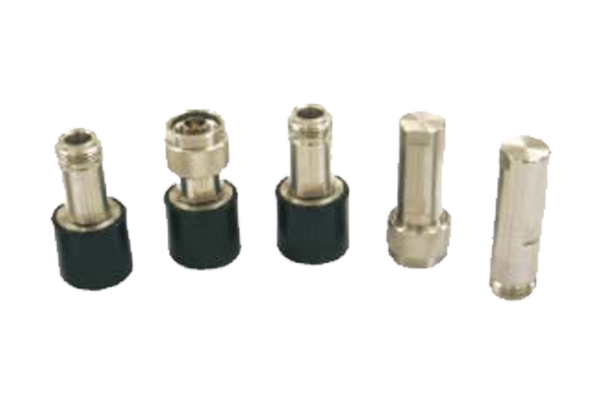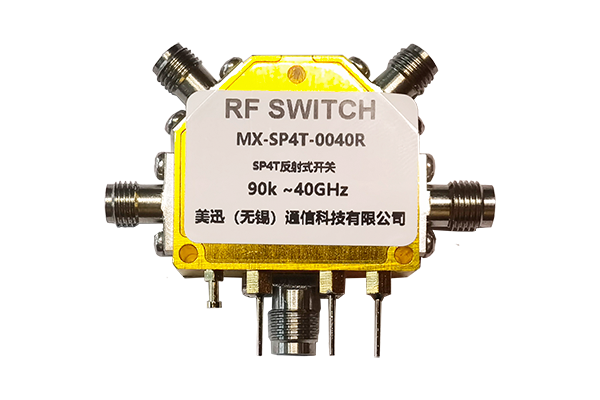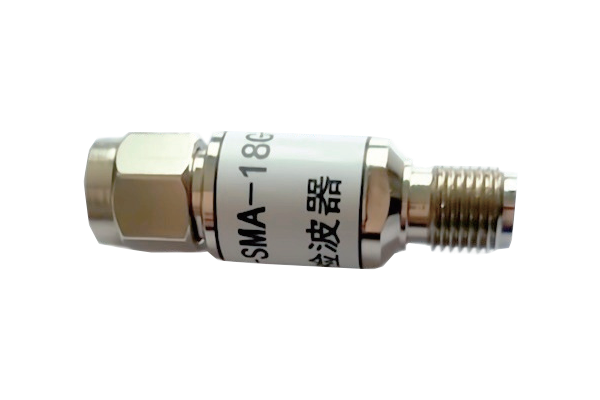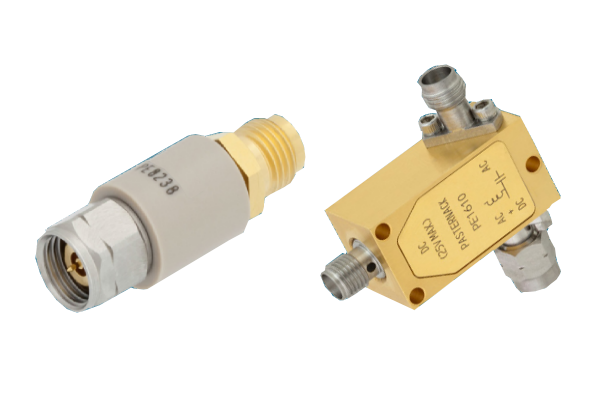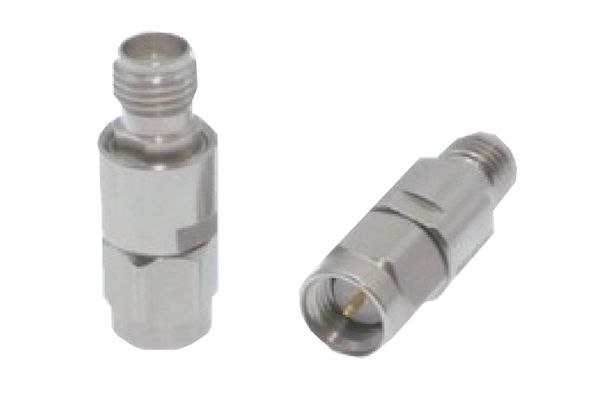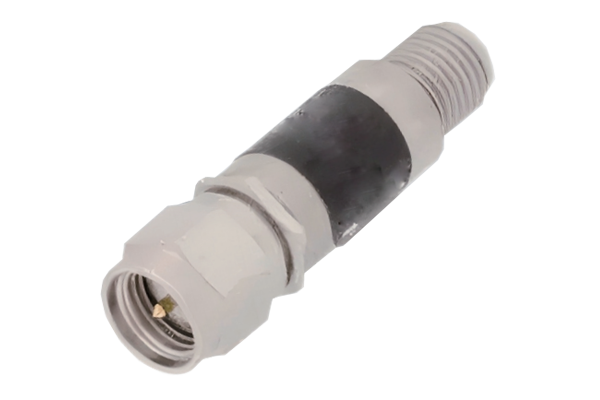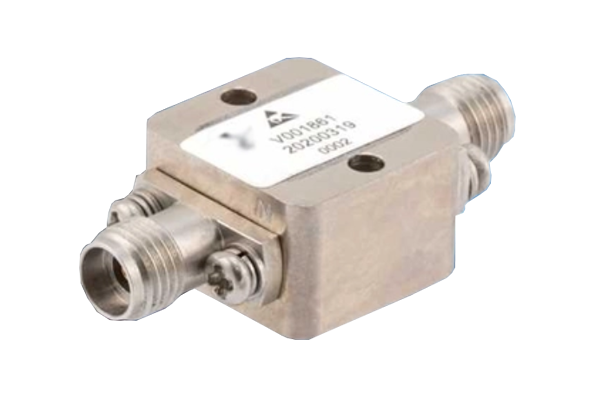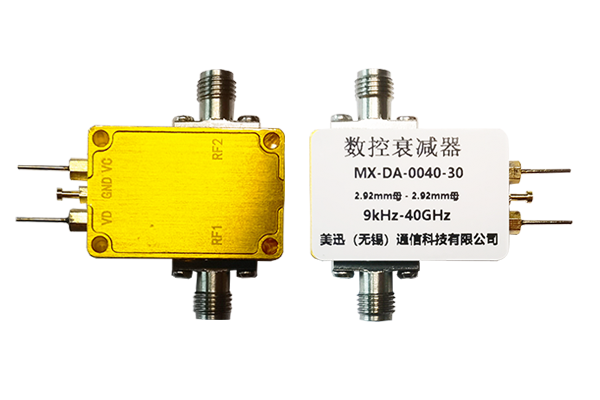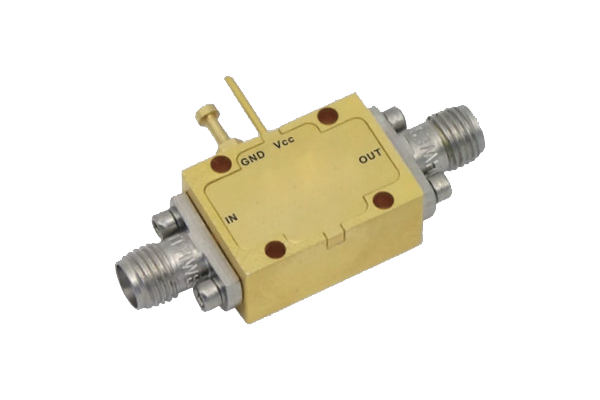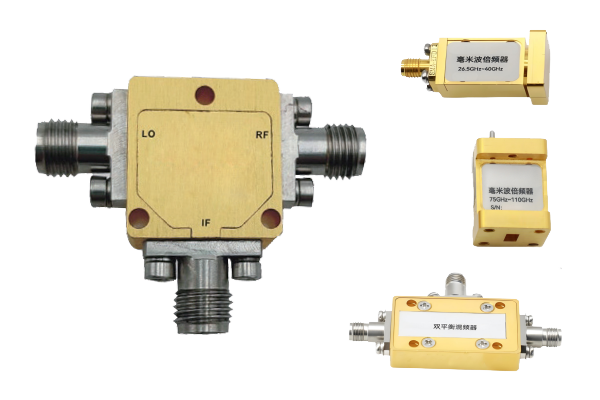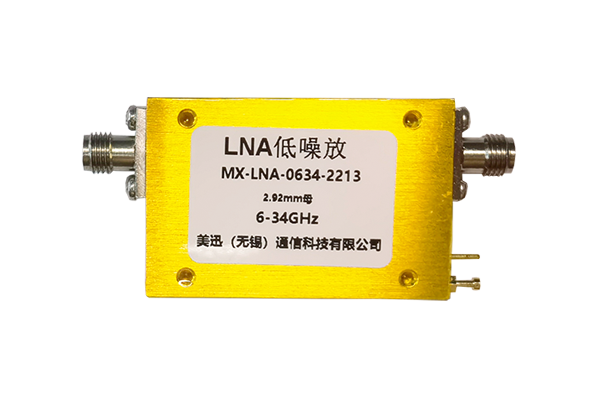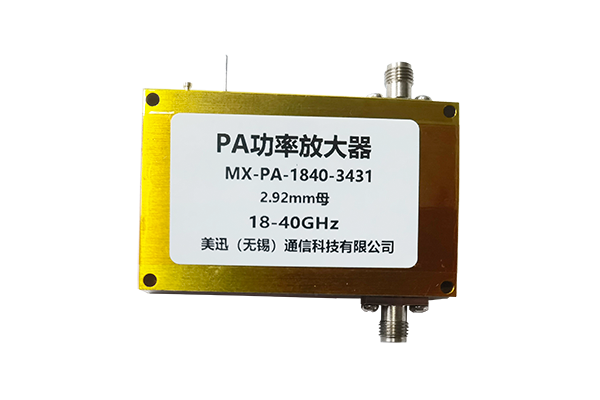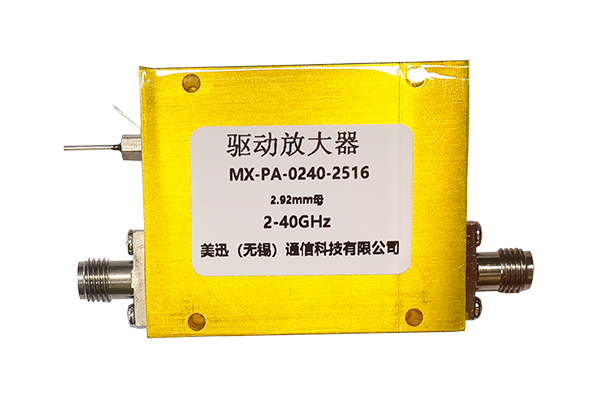Driving Voltage Requirements for PIN Diode Switches
PIN Diode Voltage Modes & Operating Characteristics
1. Basic Voltage Modes: Forward Bias vs. Reverse Bias
PIN diode switches operate in two states determined by the applied voltage:
Forward Bias (Conducting State):
- Positive voltage (+0.5V to +5V for silicon-based PIN diodes)
- Creates low-resistance path (Rₒₙ < 1 Ω)
- Low-power RF switches: 1–3V
- High-power models (radar): 5–12V
Reverse Bias (Non-Conducting State):
- Negative voltage (-5V to -30V)
- Increases impedance (isolation > 20 dB)
- Must not exceed breakdown voltage (e.g., 50V)
2. Key Voltage Parameters Influencing Performance
*Threshold Voltage (Vₜ):*
Schottky-barrier PIN: Vₜ ≈ 0.3V
Standard silicon PIN: Vₜ ≈ 0.7V
- Voltage Linearity: Critical for analog switching (±1% stability)
- Transient Protection: TVS diodes/RC snubbers prevent damage
- Requires low-noise regulators (LDOs)
3. Application-Specific Voltage Requirements
Low-Power RF/Microwave:
- Cellular IoT/Wi-Fi: 1.8–3.3V
- Example: Bluetooth switch at 2.4 GHz (±2V)
- Performance: <0.5 dB insertion loss
High-Power Industrial/Defense:
- Radar transmitters: ±28V
- Marine radar: 24V reverse bias
- Handles kW-level to mW-level transitions
5. Trade-offs in Voltage Design
- Isolation vs. Voltage: Higher reverse voltage improves isolation but increases power
- Speed vs. Voltage: Faster switching needs higher slew rates (EMI risk)
- Cost vs. Performance: Custom >50V diodes cost more but offer ruggedness
UWB Systems (0.1–10 GHz):
Switch speed: <10 ns
Temp range: -40°C to +85°C



